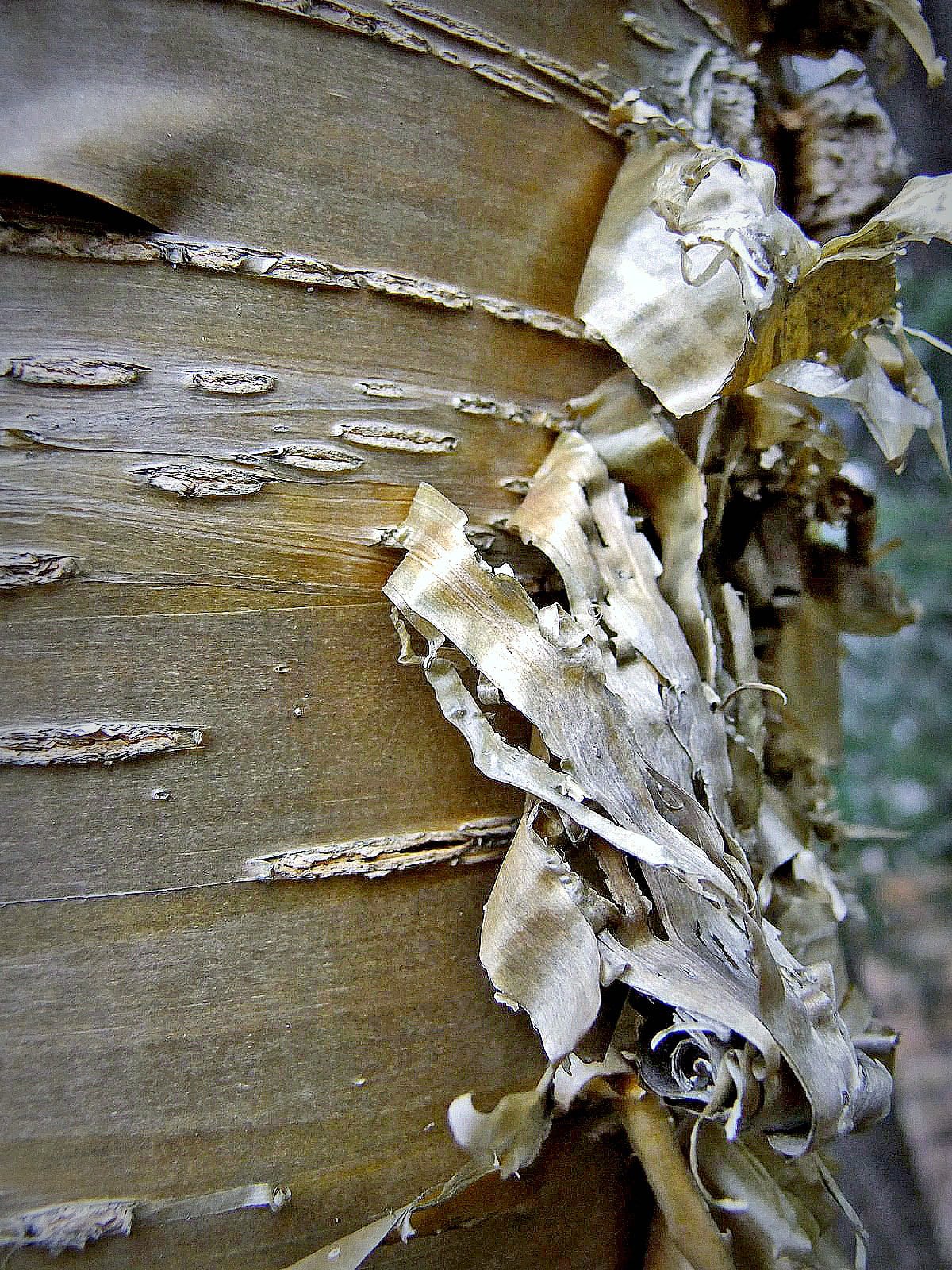Trees
Yellow Birch
Betula alleghaniensis


Yellow birch is a striking native tree found in a number of the spectacular natural areas of The Holden Arboretum. Mature trees may be seen on Little Mountain where their roots are often exposed along outcroppings of rock. In Stebbins Gulch trees with “stilted” roots are perched atop boulders and rotting logs. In the Pierson Creek Valley the moist and cool environment is also conducive to the growth of yellow birch.
Eight specimens about 30 years of age and about 50 feet in height may be viewed in the Myrtle S. Holden Wildflower Garden and at Lantern Court. These specimens were collected from Holden’s natural areas as seedlings. The peeling bark of these yellow birch trees is amber-yellow but silvery-gray barked specimens do occur in the natural areas. The catkins shed and receive pollen in late April and early May followed closely by leaf emergence. The leaves are not bothered much by pests, but tiger swallowtail butterfly larvae feed on yellow birch.
In September the seeds ripen and are carried off by the winds of fall and winter. These trees provide important winter food to a range of songbirds with juncos being conspicuous ground feeders and chickadees prominent in the branches at Holden according to Brian Parsons, Holden’s director of planning and special projects. In fall the foliage turns a nice shade of yellow and is usually at its peak around the third week of October. When the twigs are cut or damaged they emit a pleasant fragrance of wintergreen. At Lantern Court one of the specimens that horticulturist Tom Yates, now retired, planted in the valley garden upslope from the primroses has attractive amber-yellow surface roots that have grafted together.
Betula alleghaniensis is native to hemlock hardwood forest, floodplains and moist wooded slopes from the maritime provinces of Canada across southern Ontario, the Great Lakes region, Iowa and south along the Appalachian Mountains. Its use in landscapes is restricted to constantly moist yet fairly well-drained soils. Although it is uncommonly planted, it makes a beautiful shade tree. Dawn Gerlica, Holden’s conservation biologist who has worked in the Myrtle S. Holden Wildflower Garden and in the natural areas, reports having success growing yellow birch on Wood Street near downtown Willoughby where a deep sandy loam overlies a layer of clay providing both good aeration and a constant source of moisture once the root system was established.



